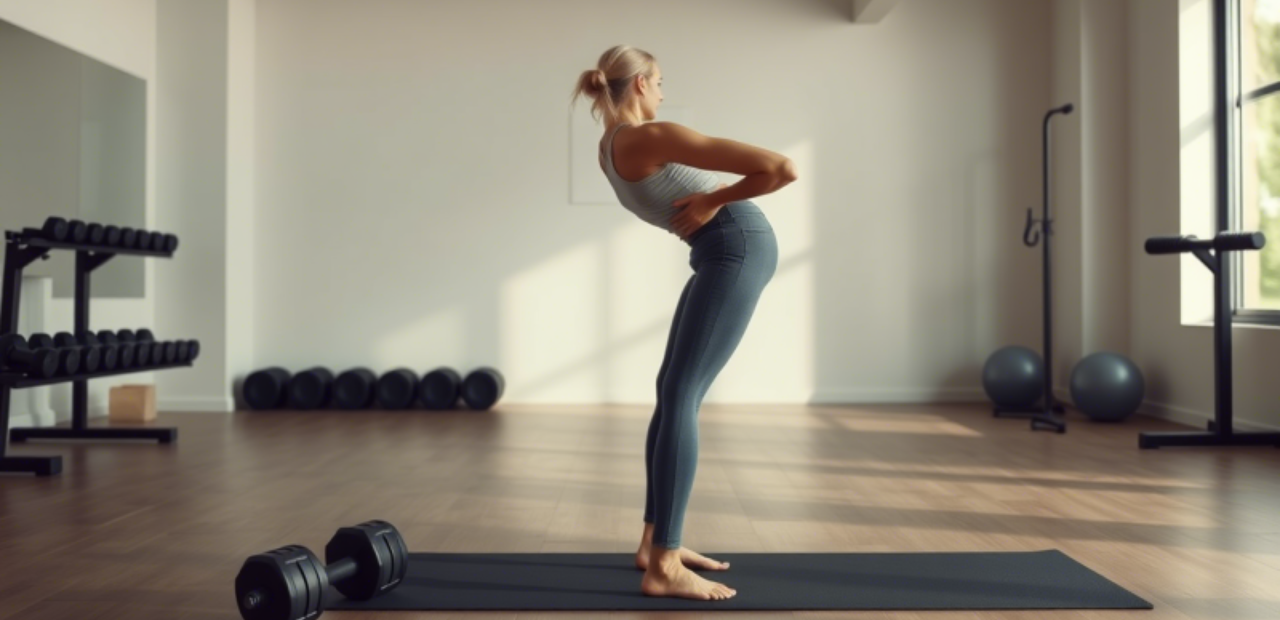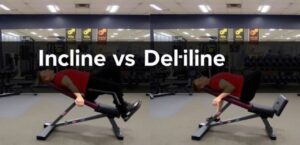Living with a herniated disc can feel like walking a tightrope — every move matters. When sciatica joins the equation, the pain can radiate from your lower back down to your legs, making even simple tasks unbearable. But here’s the good news: gentle, targeted exercises can help alleviate that discomfort, strengthen your spine, and restore your mobility. Whether you’re just beginning your recovery journey or looking for safe ways to stay active, this article shares the five most effective exercises to help soothe sciatica and back pain caused by a herniated disc.
Understanding Herniated Discs and Sciatica
Before jumping into the movements, it’s important to understand what’s happening inside your body. A herniated disc occurs when the soft, gel-like center of a spinal disc pushes through a crack in the tougher exterior. This can irritate nearby nerves — particularly the sciatic nerve — leading to pain, tingling, numbness, or weakness down the leg. Movement, done right, can actually reduce this pressure and restore balance.
1. McKenzie Press-Ups (Prone Press-Ups)
This foundational exercise encourages the disc material to shift away from the sciatic nerve and reduce nerve root irritation.
How to Do It:
- Lie face down with your hands under your shoulders.
- Gently press your upper body up while keeping your hips on the floor.
- Hold for 5–10 seconds, then lower.
- Repeat 10 times, gradually increasing hold time if comfortable.
Why It Helps:
- Encourages spinal extension
- Relieves pressure on the lumbar discs
- Reduces radiating leg pain
2. Standing Back Extensions
This simple movement can help correct posture and counteract prolonged sitting or forward bending, which often aggravates sciatica symptoms.
How to Do It:
- Stand with feet shoulder-width apart.
- Place your hands on your lower back.
- Gently lean backward as far as comfortable, supporting your lower back.
- Hold for 5 seconds and repeat 10 times.
Why It Helps:
- Encourages disc centralization
- Strengthens the lower back
- Provides relief during flare-ups
3. Cat-Cow Stretch
This yoga-inspired movement improves flexibility and blood flow to the spine while reducing tension in the lower back.
How to Do It:
- Start on your hands and knees in a tabletop position.
- Inhale, arch your back and lift your head and tailbone (Cow).
- Exhale, round your spine and tuck your chin (Cat).
- Move slowly through each motion for 1–2 minutes.
Why It Helps:
- Mobilizes the spine
- Eases muscle stiffness
- Enhances coordination and posture
4. Pelvic Tilts
This gentle core-strengthening exercise can help support the spine and reduce pain by improving stability.
How to Do It:
- Lie on your back with knees bent and feet flat.
- Tighten your abdominal muscles and press your lower back into the floor.
- Hold for 5 seconds and relax.
- Repeat for 10–15 reps.
Why It Helps:
- Engages core muscles
- Stabilizes the spine
- Reduces lumbar strain
5. Knee-to-Chest Stretch
A favorite among physical therapists, this stretch helps relieve tension in the lower back and glutes, often easing pressure on the sciatic nerve.
How to Do It:
- Lie on your back with knees bent.
- Gently pull one knee to your chest, keeping the other foot flat.
- Hold for 20–30 seconds, then switch legs.
- Repeat 3–5 times on each side.
Why It Helps:
- Stretches the lumbar spine
- Reduces nerve compression
- Eases tight hip and glute muscles
Tips for Safe Recovery
- Warm up gently before any exercise session.
- Avoid forward bending or twisting, which may worsen symptoms.
- Stay consistent — progress comes from routine.
- Listen to your body and stop any movement that causes sharp pain.
- Consult a physical therapist if symptoms persist or worsen.
Conclusion
Your journey toward relief doesn’t have to be overwhelming. These five herniated disc exercises are not only gentle but incredibly effective when done regularly and correctly. While back pain and sciatica can feel like they control your life, the power to heal is literally in your movement. Give these exercises a chance, stay patient with your progress, and always prioritize proper form. With consistency and care, you’ll be well on your way to a stronger, more pain-free back — one stretch at a time.

Emily Rose Johnson is a passionate writer with a knack for crafting engaging content. She specializes in communication strategies, digital marketing, and creative storytelling.









